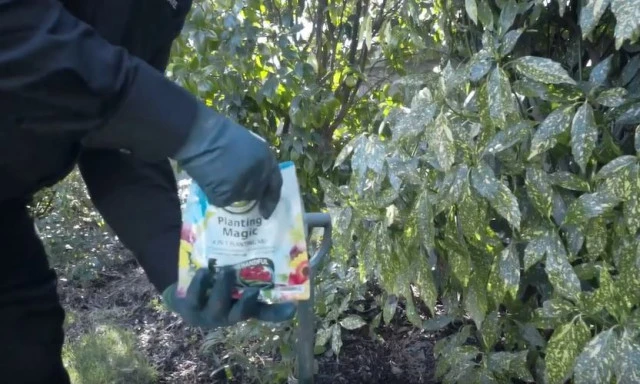Growing in Containers
Hanging baskets and containers have the great benefit of being portable; meaning you can change the arrangements depending on the stage of growth, colours, size, etc. and you can take them with you if you move house.
Growing plants in hanging baskets, hanging pouches and containers brings another dimension to your garden. Hanging baskets allow you to grow plants at a height so that they fall or grow downwards; contrasting with the normal growing up from the ground. Hanging Baskets can also be set at eye level and used to frame houses, patios, decks and balconies. Containers and pots help to connect decks and patios to the rest of the garden; breaking up hard lines and making man-made structures fluid and more organic in nature.
With the exception of large trees and shrubs, most plants can be grown in containers and/or hanging baskets.
Here are some tips in growing and caring for plants in hanging baskets and containers:
- When - If you have a glasshouse or other bright place that provides frost protection you can plant up hanging baskets as early as September/October. This will give you well-grown plants early in the season when they can be hung out.
If you don’t have somewhere that provides frost protection, baskets and containers are best planted up in late spring or early summer, when the risk of frost has passed. Alternatively, they can be placed in a sheltered position outdoors during the day and brought indoors at night, until the risk of frost has passed. - Basket Lining – Mesh hanging baskets need lining to stop compost falling out. Linings can be of a variety of materials; plastic sheeting, woven material, coconut fibre, moss, etc. Plastic sheeting is the easiest and cheapest but is unattractive until the plants have grown sufficiently to cover it up.
- Containers – Containers do not usually need lining but should be prepared for potting up by placing stone chips, broken terracotta pot shards or other such material in the bottom to ensure good drainage. Check that your container has drainage holes in the bottom.
- Potting up –
- Adjust your chosen liner so it fits the basket neatly. Trim off any excess material that extends far above the rim, but leave a little above the rim so that the liner holds to the top wire and does not flop out underneath it.
- Cut a series of 5 cm slits in the sides of the basket liner where trailing plants can be inserted. Trailing plants will eventually fill out and mask the wireframe.
- Create a compost mix by adding 100 g Gro-Sure Planting Magic to every 5 litres of multi-purpose compost. Gro-Sure Planting Magic mix includes water-retaining granules and slow-release fertiliser to prevent baskets drying out quickly and to feed plants through the summer season.
- Fill your basket with the compost mix until it is up to the first layer of slits and gently firm the compost down.
- Insert trailing plants by pushing the plants, foliage first, from the inside through the slits. Take care to protect delicate young growth.
- Once the plants are all in position with the root balls resting on the compost and the leaves on the outside, gently tease out the roots of the plants.
- Add more compost and work it around the roots of the plants. Repeat for the second layer of slits if there is one.
- Fill with more compost until the basket is 5 cm below the rim.
- Plant further trailing plants around the rim - try and plant them so they will not grow directly over the lower plants.
- Choose one or more bushy upright plants for the centre. Fill in around the roots with further compost mix; aiming to keep the soil surface a 2 cm below the rim of the basket to prevent compost or water spilling out when watering.
- To finish, water your hanging basket thoroughly with a fine rose watering can.
- For containers follow the same process as above but you may not have slits or spaces to add trailing plants at the sides.
- Plant Selection – There are no rules about what can be planted in hanging baskets or containers. But for hanging baskets, they look best when the majority of growth is trailing down, with central plants of not more than 30-50 cm height.
Hanging baskets and containers are great places to grow flowers, herbs, fruit, and vegetables:- Flowers – e.g. lobelia, pansies, geraniums, begonia, black eye Susan, fushia, petunia, portulaca, alyssum and many more.
- Herbs – e.g. parsley, coriander, basil, sage, thyme, dill, mint, and more.
- Fruit – e.g. strawberries.
- Vegetables – e.g. lettuce, chillies, peppers, trailing tomatoes, spinach, peas and more.
- You can create interest by mixing any of the above.
- Upside Down Planting – There also lots of ideas for upside-down planters and plantings; this is where plants that grow upwards and planted coming out of the bottom of hanging planters. The plants then grow up and around the outside of the planter.
- Growing from Seed – Readily available flower seeds can be sown in baskets and containers and within a few weeks will give you a succession of blooming flowers.
David Brittain
Kiwicare


